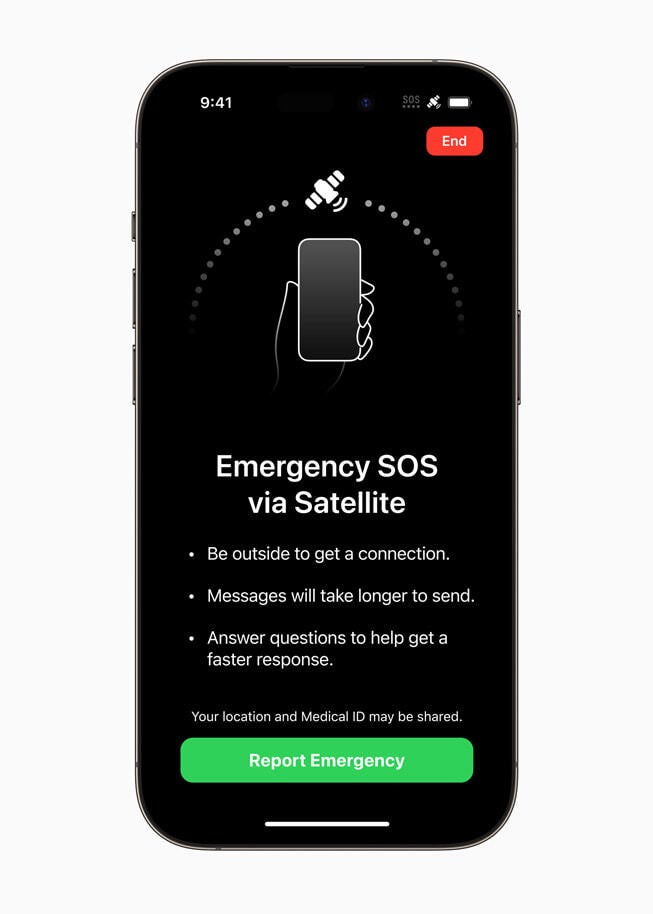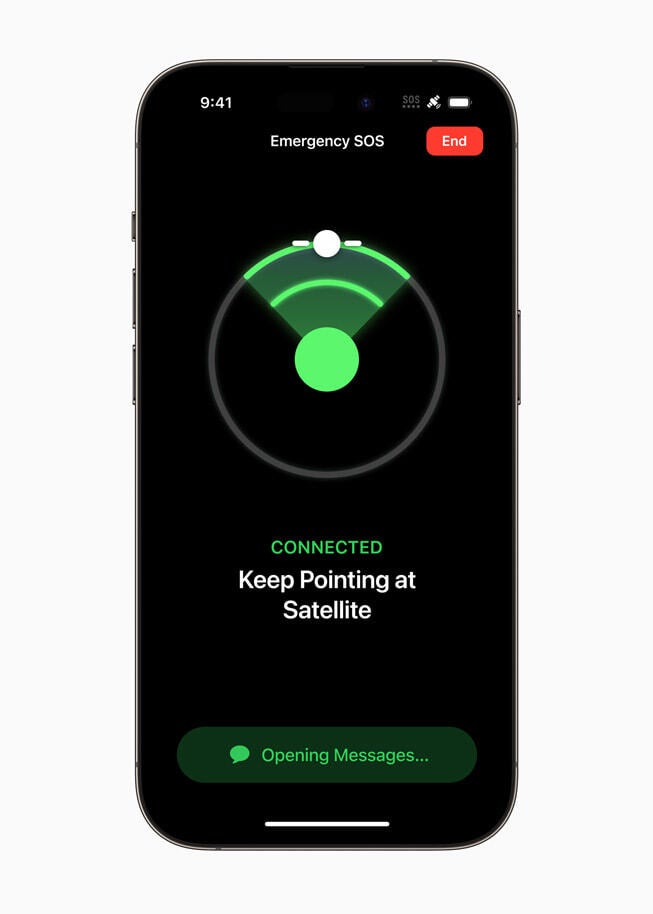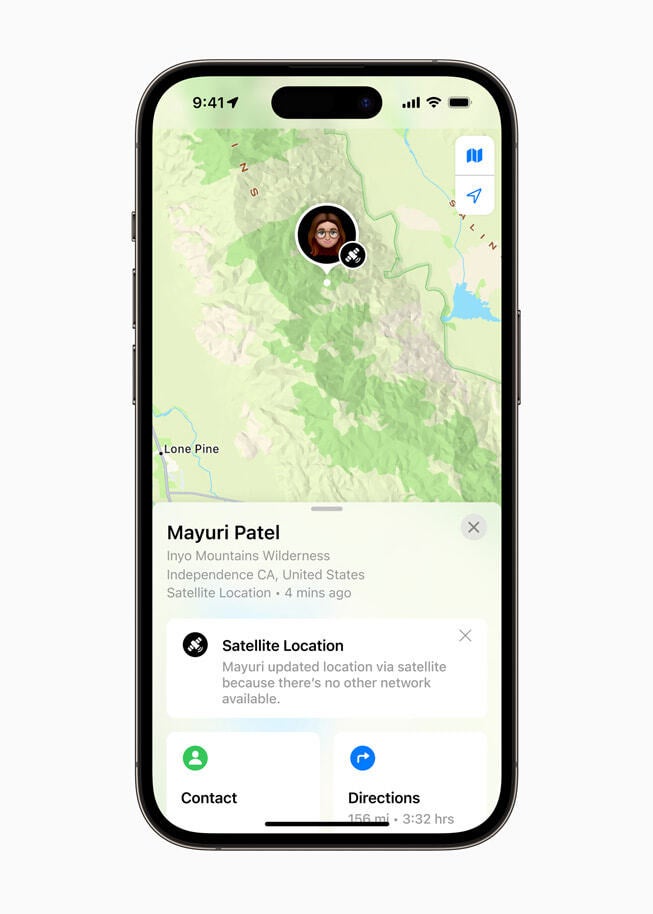Apple has spent more than you think on the iPhone 14 Emergency SOS feature

One of the main promoted new features with the iPhone 14, Emergency SOS, was just confirmed by Apple to be released in the US and Canada by the end of November. This time frame matches what the major tech company had promised back in September when it announced its new flagship phone lineup.
But what exactly is Emergency SOS, you ask? Well, in more simple terms, it is a way for users to send out an SMS message to one from a network of satellites, which thereafter relays that message to emergency services. If you happen to be in an area where emergency services don’t support SMS, relay centers will call them instead.
The feature is intended for extreme scenarios that have taken place in remote areas with no cell service or Wi-Fi connectivity. Imagine being stranded in a national park, for example, with an injury or no idea where to go (127 Hours style).
Providing such a service, which most people out there intend to avoid having to use, mind you, has apparently cost Apple a truckload of money though. The company stated in a press release today that it will invest a total of $450 million from its Advanced Manufacturing Fund to build the required infrastructure for making this service possible.
Most of that funding, Apple says, has gone to improving and increasing the satellite network and ground stations of Globalstar, which is the company that owns and operates the 24 satellites powering the iPhone 14 and iPhone 14 Pro Emergency SOS feature. What’s more, over 300 employees are working as support for the potential callers in need.
But what exactly is Emergency SOS, you ask? Well, in more simple terms, it is a way for users to send out an SMS message to one from a network of satellites, which thereafter relays that message to emergency services. If you happen to be in an area where emergency services don’t support SMS, relay centers will call them instead.
The feature is intended for extreme scenarios that have taken place in remote areas with no cell service or Wi-Fi connectivity. Imagine being stranded in a national park, for example, with an injury or no idea where to go (127 Hours style).
Most of that funding, Apple says, has gone to improving and increasing the satellite network and ground stations of Globalstar, which is the company that owns and operates the 24 satellites powering the iPhone 14 and iPhone 14 Pro Emergency SOS feature. What’s more, over 300 employees are working as support for the potential callers in need.
The Emergency SOS feature will be completely free during the first two for all owners of the iPhone 14 series and upcoming iPhone models. It is unclear, however, when and to which other regions Apple will be releasing Emergency SOS.













Things that are NOT allowed: